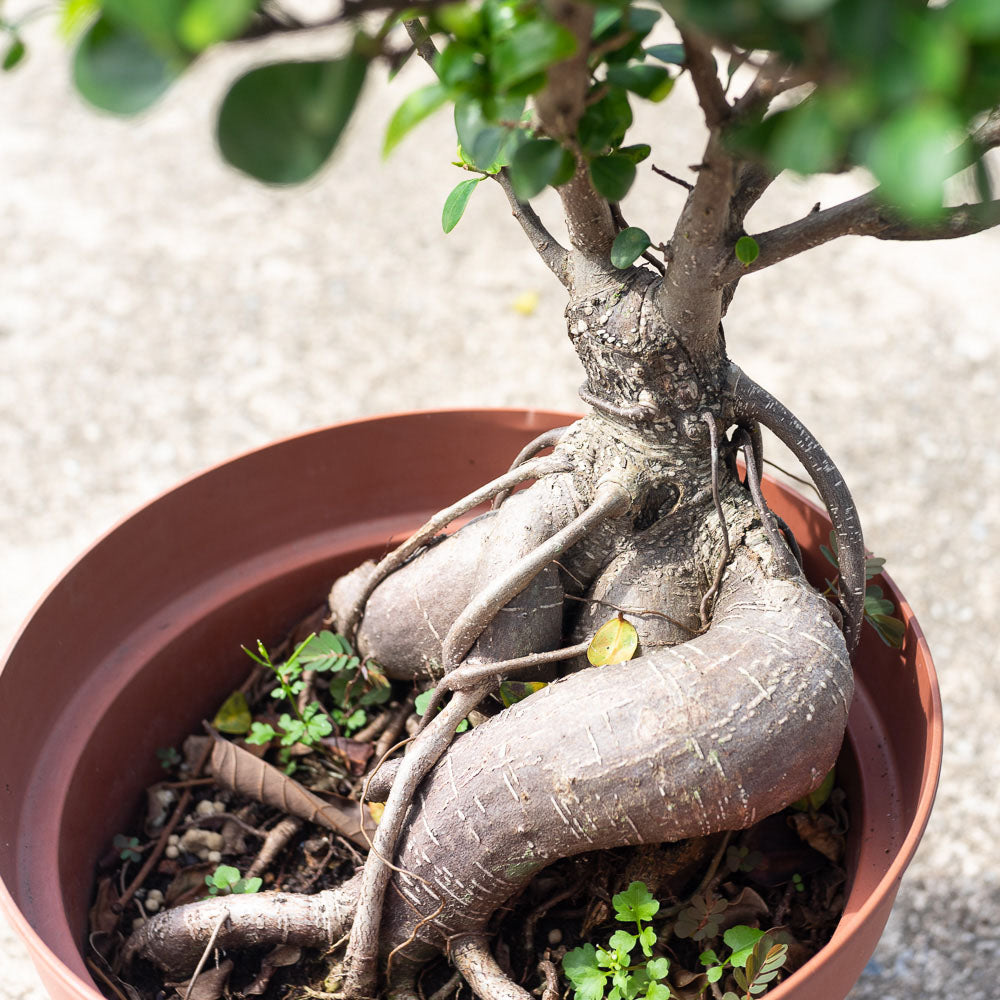The Ficus Ginseng, a captivating miniature tree, has become a popular choice for both seasoned bonsai enthusiasts and novice plant parents. Its unique appearance, with its gnarled roots and lush, green foliage, makes it a stunning addition to any home or office. In this comprehensive guide, we will delve into the fascinating world of the Ficus Ginseng, exploring its origins, characteristics, and care requirements.
What is a Ficus Ginseng?
The Ficus Ginseng, scientifically known as Ficus microcarpa, is a species of fig tree native to Southeast Asia. It is often referred to as a bonsai tree due to its small size and sculpted appearance. The name “Ginseng” comes from its distinctive root system, which resembles the roots of the ginseng plant.
Key Characteristics of the Ficus Ginseng
Unique Root System: The most striking feature of the Ficus Ginseng is its gnarled and exposed root system. These aerial roots add to its bonsai-like aesthetic and contribute to the plant’s overall charm.
:max_bytes(150000):strip_icc()/growing-ginseng-ficus-bonsai-5083016-hero-3f7e663f55fc4470b2ec1e8f9fb45545.jpg)
Caring for Your Ficus Ginseng
Light:
The Ficus Ginseng thrives in bright, indirect light.
Watering:
Water your Ficus Ginseng thoroughly when the top inch of soil feels dry to the touch.

Temperature:
The Ficus Ginseng prefers warm temperatures, ideally between 65°F and 75°F (18°C and 24°C).
Humidity:
While the Ficus Ginseng can tolerate average indoor humidity levels, it appreciates higher humidity.
Fertilizing:

Fertilize your Ficus Ginseng during the growing season (spring and summer) with a balanced liquid fertilizer diluted to half strength.
Pruning:
Pruning is essential to maintain the shape and size of your Ficus Ginseng.
Common Problems and Solutions:
Leaf Drop:
Insufficient light, overwatering, or underwatering can cause leaf drop.
Yellowing Leaves:
Yellowing leaves may indicate overwatering or nutrient deficiencies.
Pest Infestations:
Ficus Ginsengs are susceptible to pests like mealybugs and spider mites.
Repotting:
Repot your Ficus Ginseng every 2-3 years or when the roots become pot-bound.
Conclusion
The Ficus Ginseng is a beautiful and relatively low-maintenance houseplant that can bring a touch of nature into your home. By following the care tips outlined in this guide, you can enjoy the beauty of this unique plant for years to come.



:max_bytes(150000):strip_icc()/growing-and-using-coreopsis-in-the-flower-garden-1402839-recirc-e8a9c85c0aea450185512cccc56c1b42.jpg?w=200&resize=200,112&ssl=1)
:max_bytes(150000):strip_icc()/calathea-orbifolia-growing-guide-5270824-hero-2a3b8667f05b40a49b27da573d2486fb.jpg?w=200&resize=200,112&ssl=1)

:max_bytes(150000):strip_icc()/grow-sago-palms-1902770-06-b83d3d47262a499c889900a6c83625f7.jpg?w=200&resize=200,112&ssl=1)
